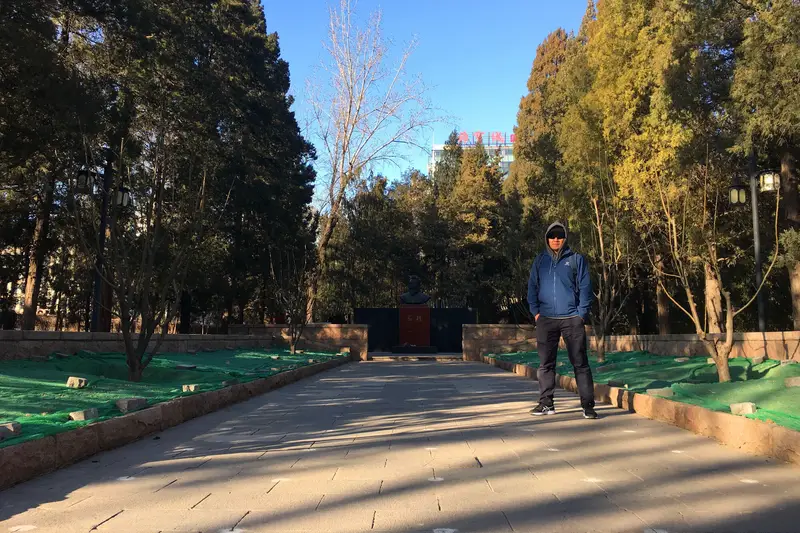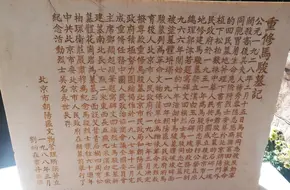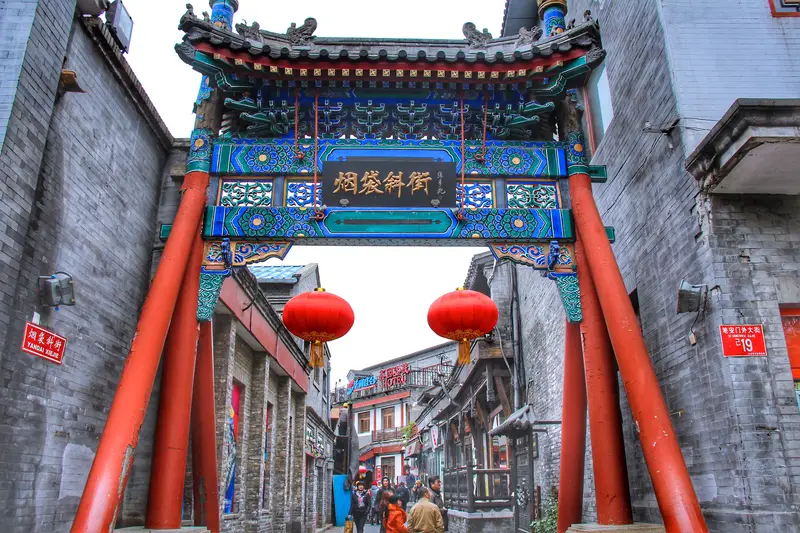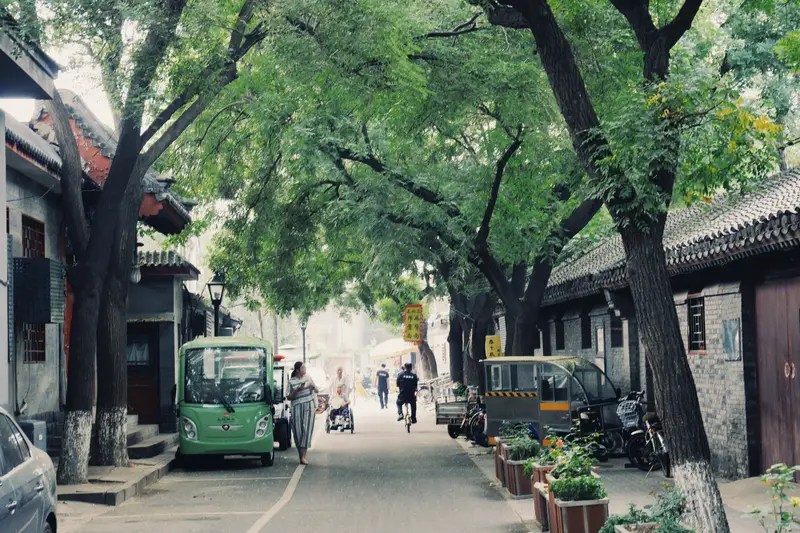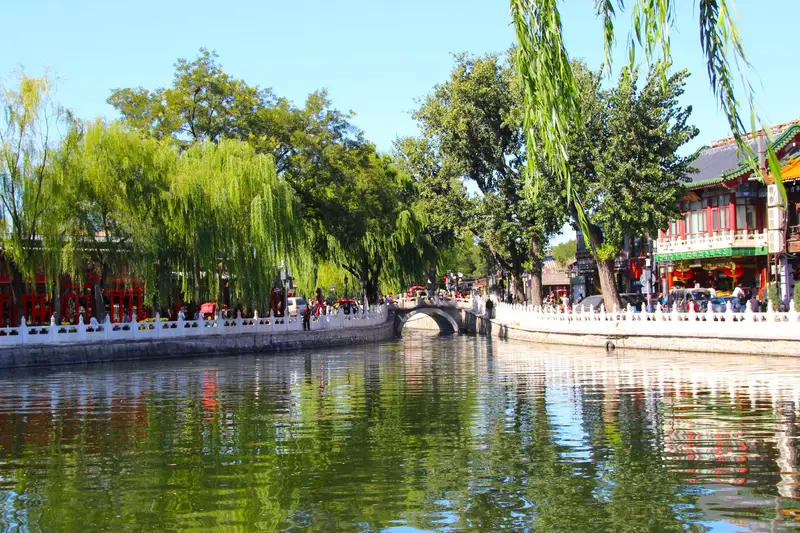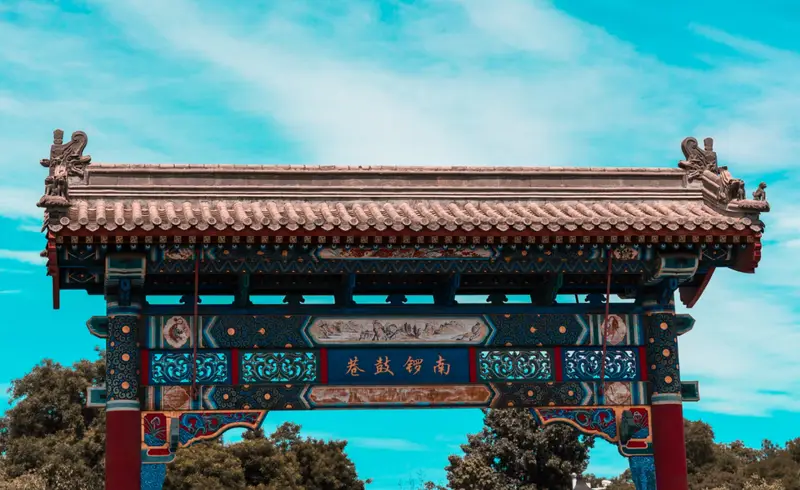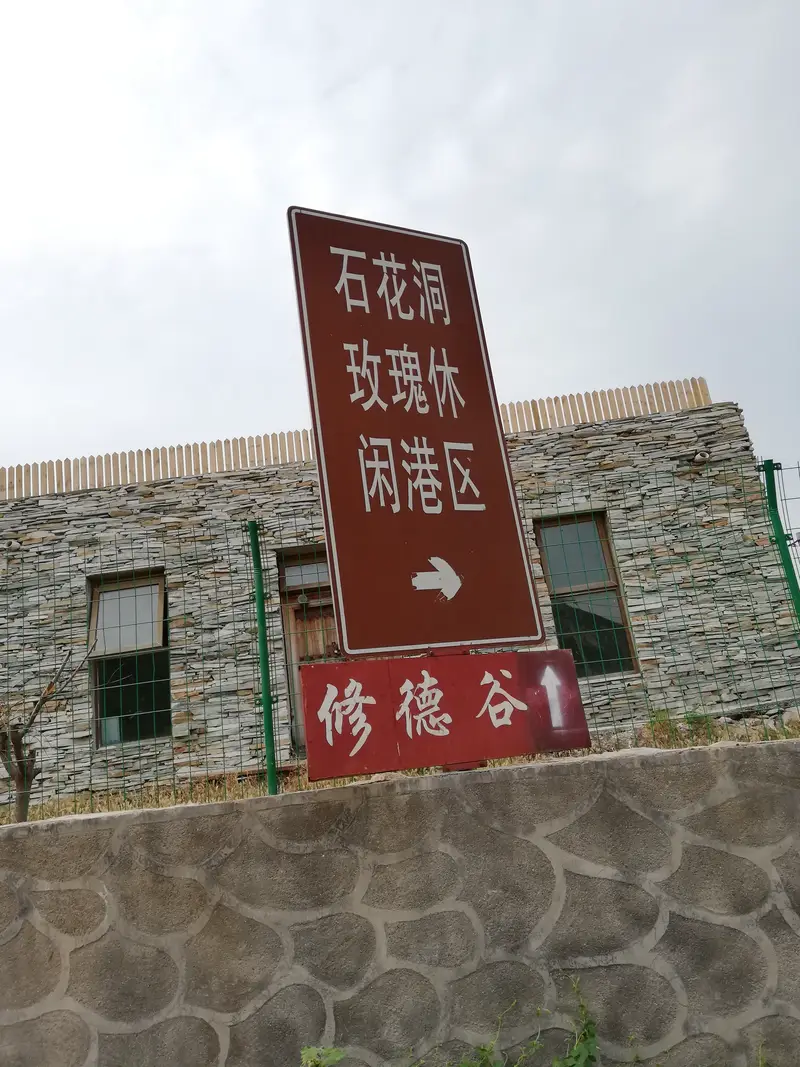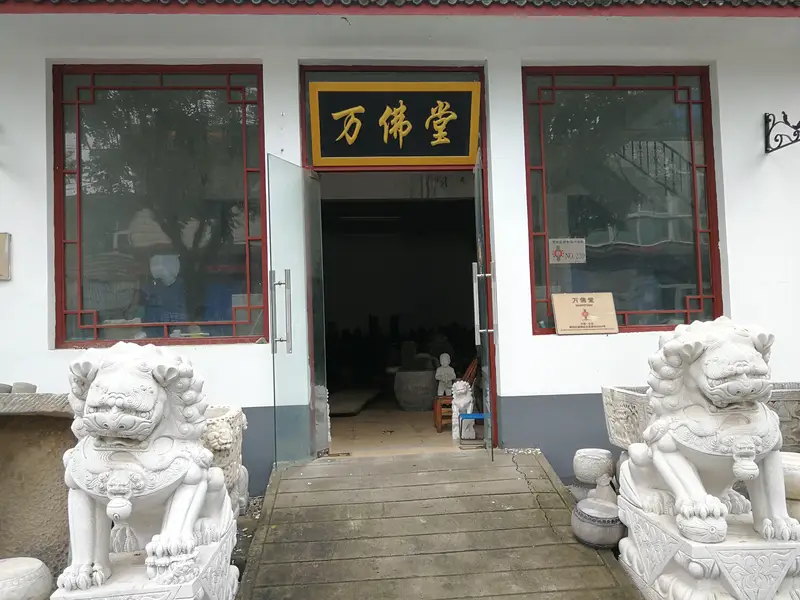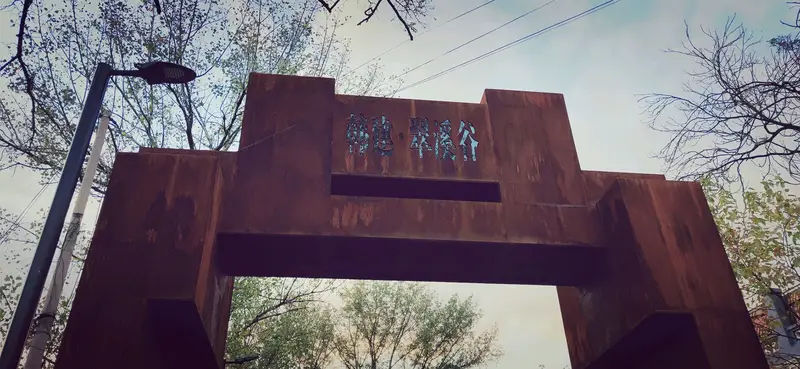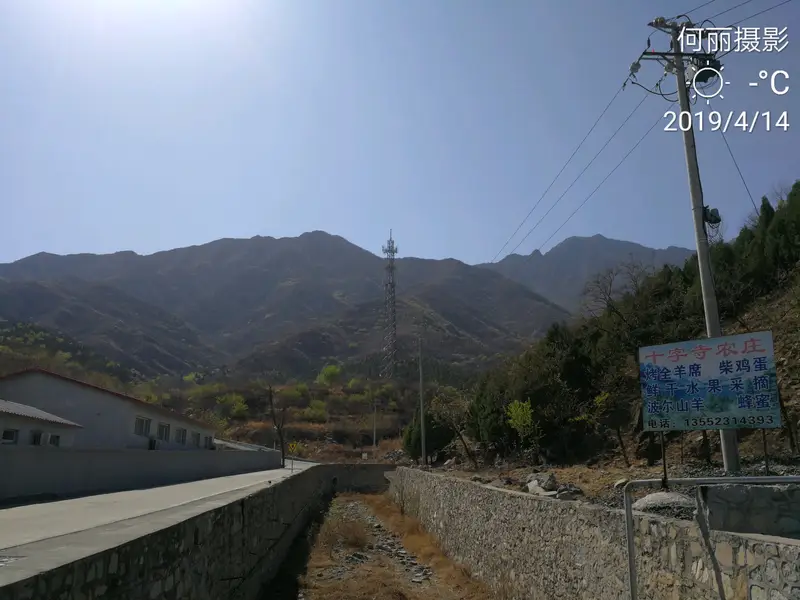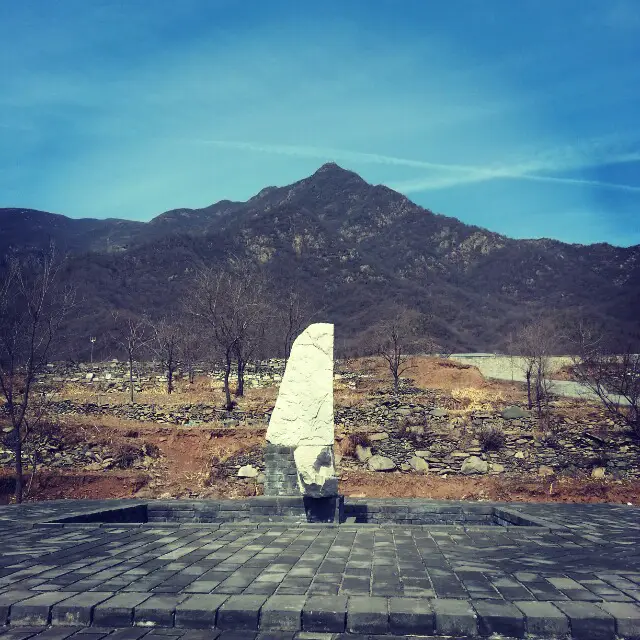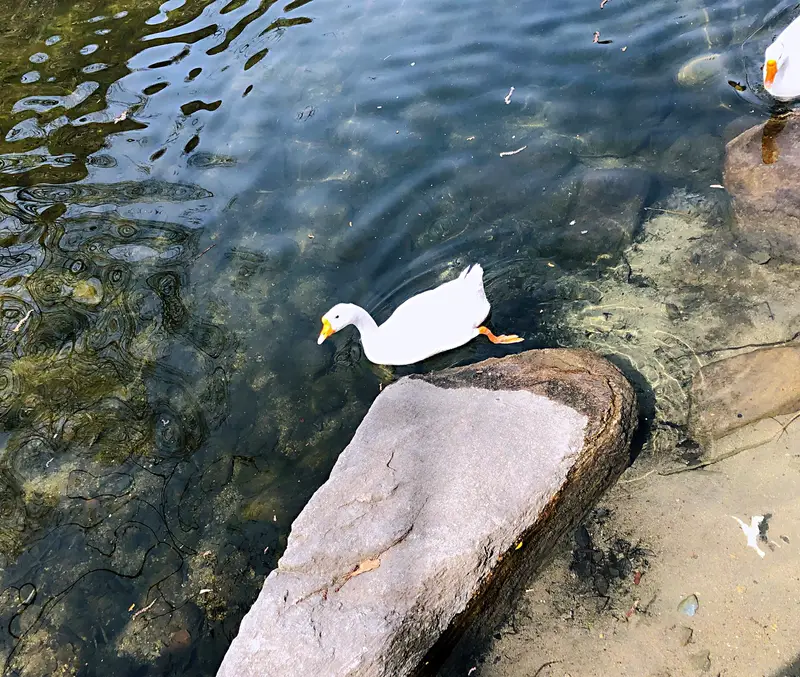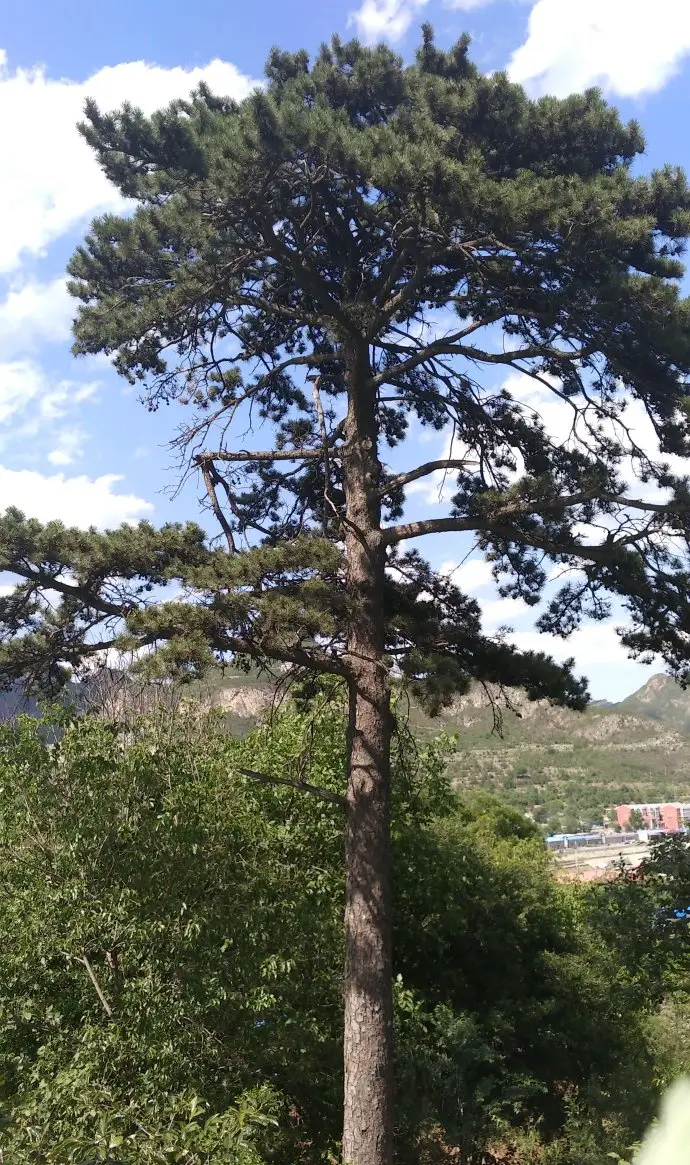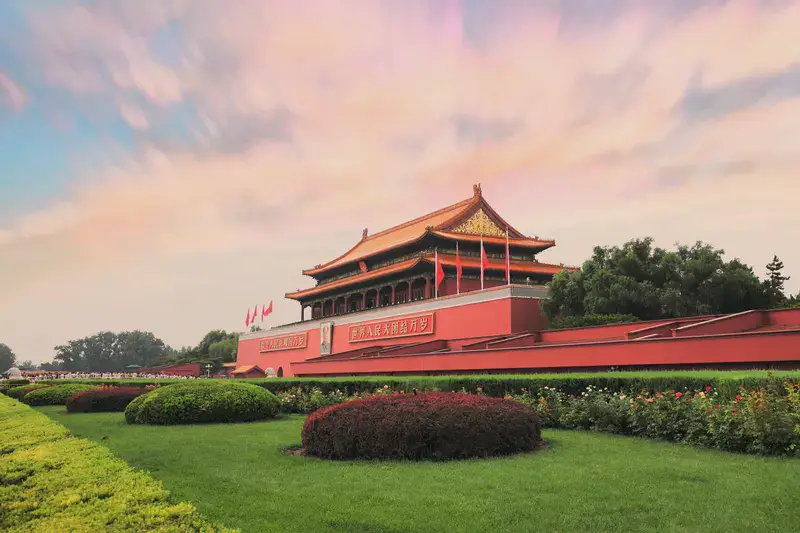Ma Jun Martyr’s Monument sits quietly in Ritan Park, located at No. 6 Ritan North Road, Chaoyang District, Beijing. This park is easy to reach: take Subway Line 6 to Tongzhou North Street Station, then walk about 10 minutes. Buses like 635 or 674 also drop you near the entrance. If you’re driving, there’s a small parking lot outside the park, though it fills up quickly on weekends. The monument itself is tucked in a peaceful corner of the park, surrounded by old trees and winding paths.
Natural Scenery
Ritan Park isn’t just a historic site—it’s a lovely green escape. The park has wide lawns, shaded trails, and a small lake where people often feed ducks. In spring, cherry blossoms bloom near the monument, adding a soft pink contrast to the red walls and solemn atmosphere. Even if you’re not a history buff, it’s worth a visit just to stroll through the peaceful gardens and enjoy a break from Beijing’s hustle.
Cultural & Historical Significance
Ma Jun Martyr’s Monument honors Ma Jun, a brave Chinese Muslim activist who fought for revolution in the early 20th century. His grave, marked by a simple yet striking stone monument, is both a cultural landmark and a symbol of patriotism. The site was recognized as a key revolutionary heritage site by Beijing’s government in the 1980s, making it a must-visit for anyone interested in China’s modern history.
Inside the nearby Ma Jun Memorial Hall, five sections showcase his life: from his academic achievements as a young Hui (Chinese Muslim) student, to leading the May Fourth Movement, and finally his tragic execution in 1927. Over 150 relics—letters, photos, and personal items—paint a vivid picture of his short but fiery life.
Facilities for Visitors
The park is visitor-friendly. You’ll find clean restrooms near the main entrance, benches along trails, and clear signposts guiding you to Ma Jun Martyr’s Monument. The memorial hall has English captions for most exhibits, though having a translation app handy helps decipher some details. There’s also a small café near the park’s exit serving tea and snacks—perfect for resting after your walk.
What to Expect During Your Visit
Visiting Ma Jun Martyr’s Monument feels like stepping into a quieter chapter of Beijing’s past. The site is rarely crowded, even on weekdays, so you can explore at your own pace. Start by walking through Ritan Park’s main paths, then follow signs to the monument. Spend time reading the plaques in both Chinese and English, which explain Ma Jun’s role in China’s fight for independence.
The memorial hall is small but deeply moving. Highlights include a letter he wrote to his family before his execution and a worn suitcase he used during his travels. Be sure to check out the timeline wall, which maps key events of his life against China’s turbulent 20th-century history.
Tips for a Memorable Trip
- Best Time to Visit: Spring (April-May) for cherry blossoms, or autumn (September-October) when the park’s leaves turn golden.
- Combine with Other Sites: Ritan Park is near the Temple of Agriculture and Sanlitun商圈 (a trendy shopping area), so you can mix history with modern fun.
- Respect the Atmosphere: While the park is relaxed, remember this is a memorial. Avoid loud music and be mindful of your voice near the monument.
Ma Jun Martyr’s Monument might not be as famous as the Great Wall or Forbidden City, but its story adds depth to Beijing’s layered history. Whether you’re into revolution tales or just love quiet parks, it’s a unique stop worth your time.


